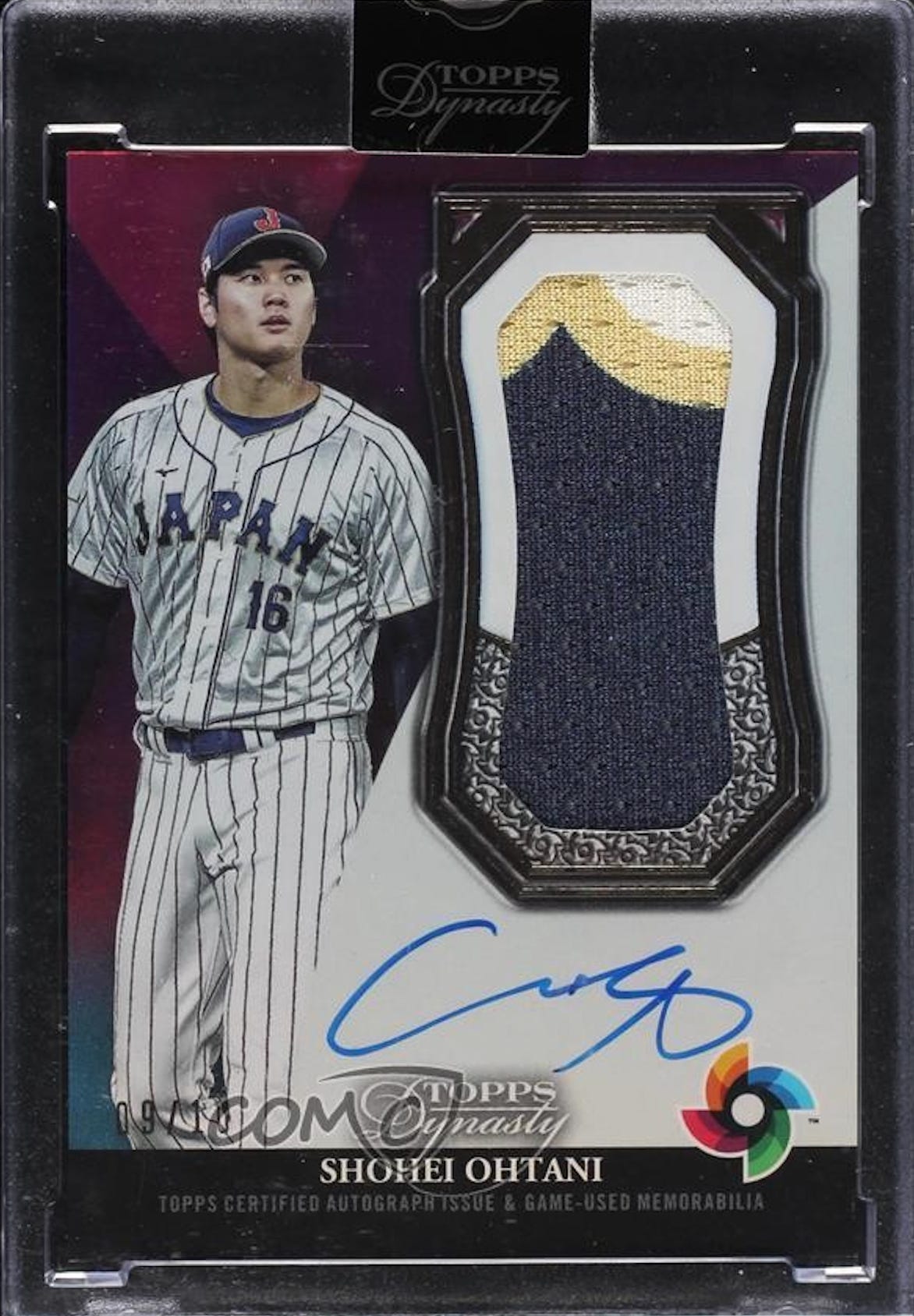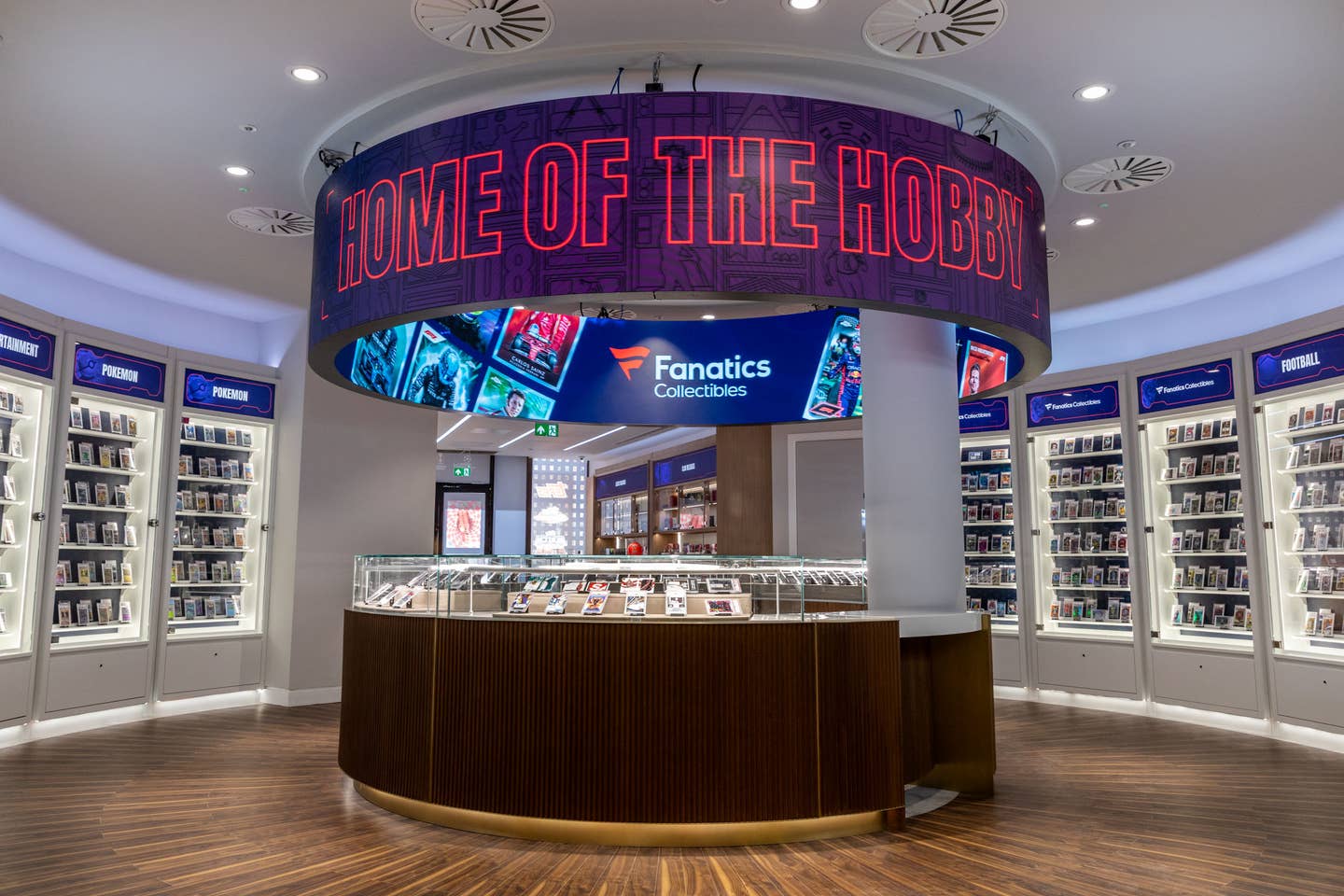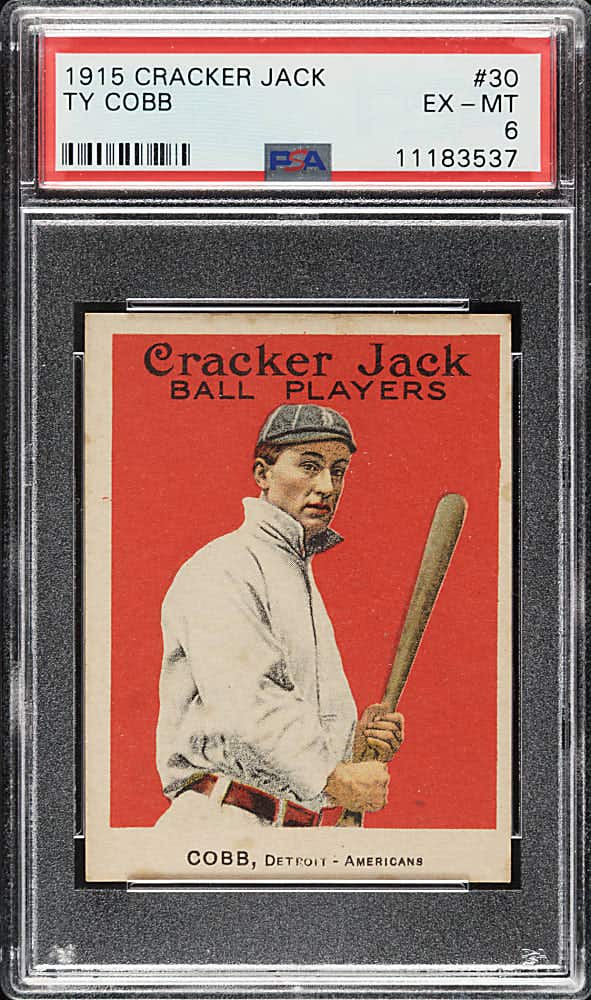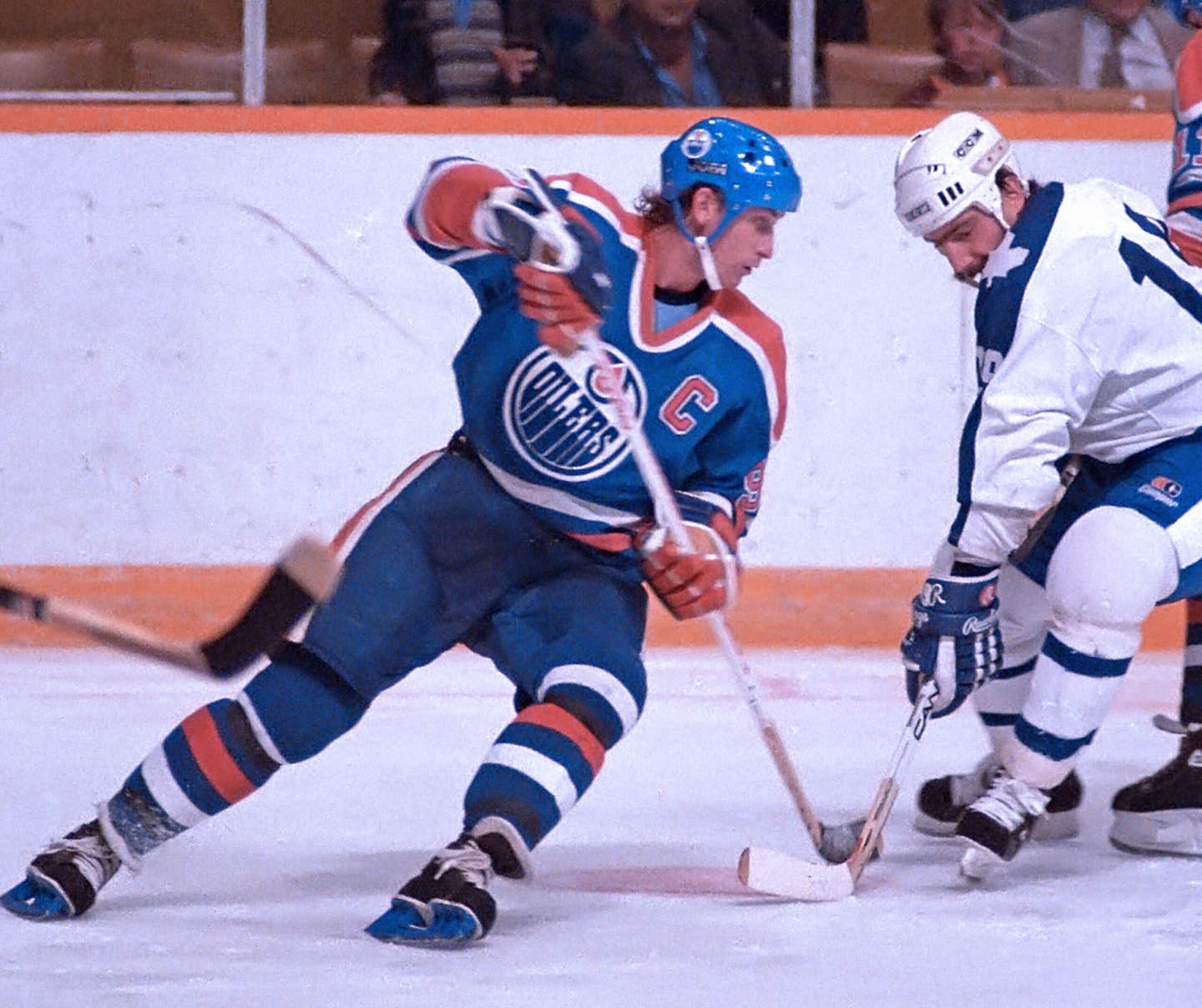News
Google Insights for Search Can Help You Sell Sports Memorabilia
By Wayne Jordan
Everyone wants to know what’s hot, what’s selling and what’s not selling. Fashion, entertainment, shopping, news and technology all have their daily “trending now” web updates. Every day, someone, somewhere, publishes another Top 10 list, but when it comes to providing actionable information for running your business, most are about as useful as David Letterman’s laugh-filled Top 10.
“What’s Hot” lists are not uncommon in the sports trade, but since there is no standardized reporting format (like there is in larger industries), it’s difficult to interpret the list results in terms of an individual dealer’s local market. To be effective, a “What’s Hot” list would have to be assembled for each market. If you knew that consumers were looking for an item that you regularly inventoried, you could almost certainly get a return on some quick advertising or start carrying items people really want.
Fortunately, dealers (and collectors who sell) can assemble an effective “hot list” using tools freely available on the Internet – the same tools used by web publishers to assemble their “trending now” lists. There is one tool that is particularly useful, and if you learn how to use it, you will be pleased and surprised by the insights it can give you into your market: Google Insights for Search.
Google Insights for Search is an offshoot of Google Trends. Google Trends shows search-term use over a period of time. Insights is like Trends on steroids. In addition to search-term usage over time, you can search volume patterns across geographic regions, multiple categories and even images or news items.
Here are three ways that you can use Insights to improve your sports memorabilia business:
Focus your advertising message
The No. 1 rule in both print and online advertising is to first get the prospect’s attention. Whether you’re talking about a search engine’s “spider bot” or an individual, using the right word can make the difference between being seen and being missed. Let’s say that you’re a collectibles dealer and you’re about to run a print ad for your baseball collectibles; your ad will feature Topps Baseball cards. In your ad, do you call them “baseball cards,” “trading cards,” “sports cards” or “Topps cards?” Does it make a difference what they are called? It certainly does. Let’s look at an example using Insights.
On the search page (www.google.com/insights/search), enter these four card terms and then set the filters to show data from the U.S. as a whole (U.S./All sub-regions/All metros) and adjust the time period to show results from the past 12 months. What you’ll find (as of this writing) is that the top term is clearly “baseball cards” followed by “sports cards” and “trading cards,” with “Topps cards” a distant fourth. If you had advertised “Topps cards,” your online ad would have pulled poorly, and your print ad might not have fared any better.
Now let’s focus on a couple of local markets, looking for the same information. We find that in the New Jersey suburbs of New York City, the terms ���baseball cards” and “sports cards” are in a dead heat for searches. “Topps cards” gets no results whatsoever. But if we stay in New Jersey and change the location to the Philadelphia suburbs, “sports cards” edges out “baseball cards” and “trading cards” and “Topps cards” again get no results.
Why the difference in results? Because people in different locations use different words to refer to the same object.
Predict seasonal interest
Let’s stick with our term “sports cards” but change the “Compare by” field from “Search Terms” to “Time Ranges.” In a search for results from 2004-present, we see right away that there has been a steady downward trend in searches for sports cards over the past eight years. In examining the graph, we see that searches for sports cards peak twice every year: Christmas (no surprise) and in late summer. I’m not a sports cards dealer, so I don’t know if that’s a surprise or not (after all, it is baseball season). One thing I can tell for certain by looking at the chart: If I was going to run a promotion featuring sports cards, I would do it at Christmas or in late summer when interest is at its peak, not in March or September.
If you look further down the results page, you will see two Top 10 lists. (There’s no getting away from them, is there?) The first is a list of the Top 10 states that generate sports cards searches; the second is a list of search terms related to “sports cards” and what sort of search volume it generates.
Examine interest based on geography
This feature works best if your search term has broad interest (“antiques” rather than “sports cards”); there has to be enough searches in an area to generate data).
Change the “Compare by” menu to “Locations.” Enter whatever locations you want data from, and then enter the search term you wish to investigate. For this example, I’m using New York, Virginia and Florida (all metros) and the search term “antiques” for the last 12 months. The results are not what I would have expected: Virginia generates about 50 percent more searches for “antiques” than does either New York or Florida, with most of the interest coming from the Richmond/Petersburg areas and the Washington D.C. suburbs. This is good to know if you are scouting for retail locations.
I hope I’ve convinced you that “what’s hot” is Google Insights for Search. It’s another great tool for the toolbox of forward-thinking sports collectibles dealers.
Wayne Jordan is a Virginia-licensed auctioneer, certified personal property appraiser, and accredited business broker. He specializes in the valuation and liquidation of estate and business assets. His column Behind the Gavel appears monthly in Antique Trader. He can be reached at auctioneer.wayne@yahoo.com.








